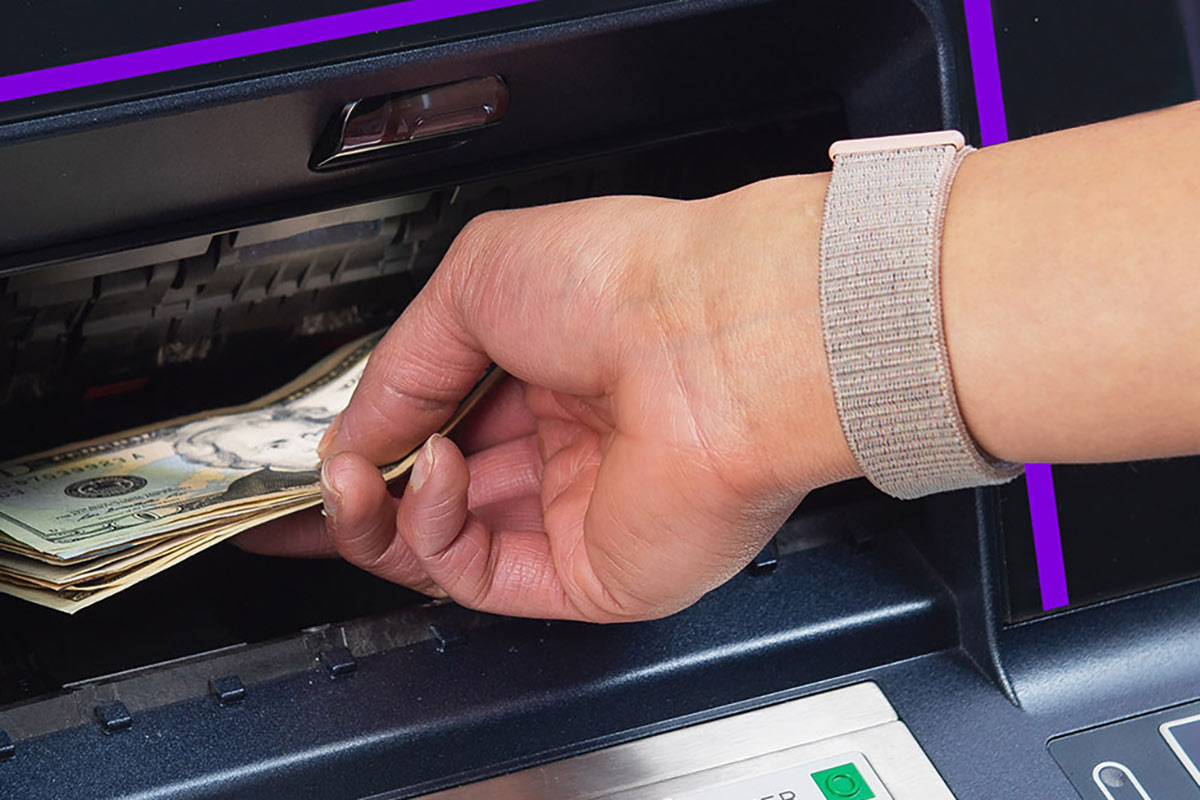If you’re curious about how fintech is changing retail banks and credit unions, we at CFM have gathered some interesting insights from three leading credit union executives in our February webinar called “2022 Tech Trends: An Expert Panel.”
This discussion reveals important details about what’s working in banking, what’s not working, and what kinds of changes leadership teams are hoping to see as they plan for an increasingly mobile and remote-based work future. Cody Willis, Senior Integration Strategist at CFM is the event host, and panelists include:
A link to the full panel discussion is available here, and keep reading for some key takeaways!
Leading Tech Tools Revealed
- Interactive Teller Machines (ITMs) have increased dramatically at financial institutions in recent years. Also known as Video Remote Tellers, ITMs have all the capabilities of ATM machines while allowing customers to speak with bank representatives in real-time using video screens.
According to Rhonda Drexler, CoVantage Credit Union members have fully embraced ITMs and her institution is planning to add at least eight units to its network in 2022. She noted that the recent addition of an ITM into an underserved geographical market has been very successful—and spurred from customer demand.
- Artificial Intelligence (AI) is also playing an integral role in helping financial institutions manage member requests, deliver services, and resolve transaction issues. This intelligence comes in the form of AI chatbots, which are essentially automated agents able to deliver data to members and escalate issues to live representatives when appropriate … without putting members in “repeat” mode.
“We’ve beefed up our conversational AI chatbots to try and make sure it’s a 24-7 service option,” said Samantha Amburgey, whose institution has accelerated the use of digital technology since the pandemic. According to Amburgey, MSU Federal Credit Union has implemented AI chatbots across their service applications, plus they have replaced ATMs with ITMs at their drive-thru locations—altogether going deeper into digital technologies.
University Credit Union first added an AI chatbot to its website in July 2020, and after a successful launch, began embedding chatbots into the institution’s loan and membership apps. President and CEO David Tuyo said they have AI answering every single call coming into their call center, and about 25 percent of calls are 100 percent automated.
“AI is huge,” according to Tuyo. “We had over 307,000 calls answered and completed last year by our AI bots—and on the loan application side—we had about 13 percent lift in funding and online loan applications because of our bots. That’s tremendous ROI for us.”
- Virtual Desktop Infrastructure (VDI) is a cloud-based software solution that’s helping banks and credit unions provide services from remote and mobile locations. Although none of the panelists said they use tablet-based infrastructure in their branches, they’ve all been using VDI and have found it very helpful since the pandemic. It’s allowing the concept of “hoteling” to happen, so employees can work anywhere without having an assigned office space.
“We’ve had the VDI environment for a few years and that has worked really well for us, so we can have staff go from their offices to the teller line,” said Drexler. “Wherever they go, they can log in. That’s (VDI) been one of the greatest things we ever did.”
Solving Labor Shortages with Training and Tech Tools
Whether it’s due to the Great Resignation, the Great Retirement, or a combination of the two, banking has changed quite a bit since the pandemic began. CFM’s webinar panelists agreed that employee onboarding and retention processes have been challenging, and redefining employee roles is now critical to developing talented employees that want to stay long-term. That said, implementing the right tech has a lot to do with its success.
In comes the Universal Associate (UA) employee model. Also called Universal Employees and Member Services Representatives, UAs are trained to help members with a variety of services, from simple deposits and withdrawals to loan applications and investment services. These unique, new roles often come with higher salaries, more potential for position advancement, and bigger technical training requirements.
Modifying task loads so employees can work as Member Service Representatives (like UAs) is an important part of CoVantage Credit Union’s onboarding mix. Drexler said they train employees to be tech educators so employees can then teach members how to use new machines. She noted, “If they (members) don’t know what you’re offering, then the money you spend on that tech is not well spent.”
Amburgey said her credit union has moved toward remodeling their branches and spreading out service spots to allow for member privacy—and UAs are a big part of that change. By using a UA-based work model, employees can assist members across locations, take on expanded responsibilities, and feel valued in their roles.
“We refined our value proposition at our organization,” said Tuyo. “One of the pillars is that we give valuable, conflict-free advice to our members. All of it is team-based.” At University Credit Union, employees receive specialized training to help them be knowledgeable and informed of credit union services. Overall, the goal is to allow members to be able to “plug-and-play” from anywhere—and employees to work from anywhere.
Forward Thinking with Fintech
Wherever your financial institution is at in terms of technology integration, CFM is here to help you identify intelligent solutions for your branches including core integration, tablet banking, and self-service solutions.
And as the panelists discussed in this video, you will get the most out of your technology investments when you give your employees the education they need to communicate technologies to your members. We at CFM can help with that too!








